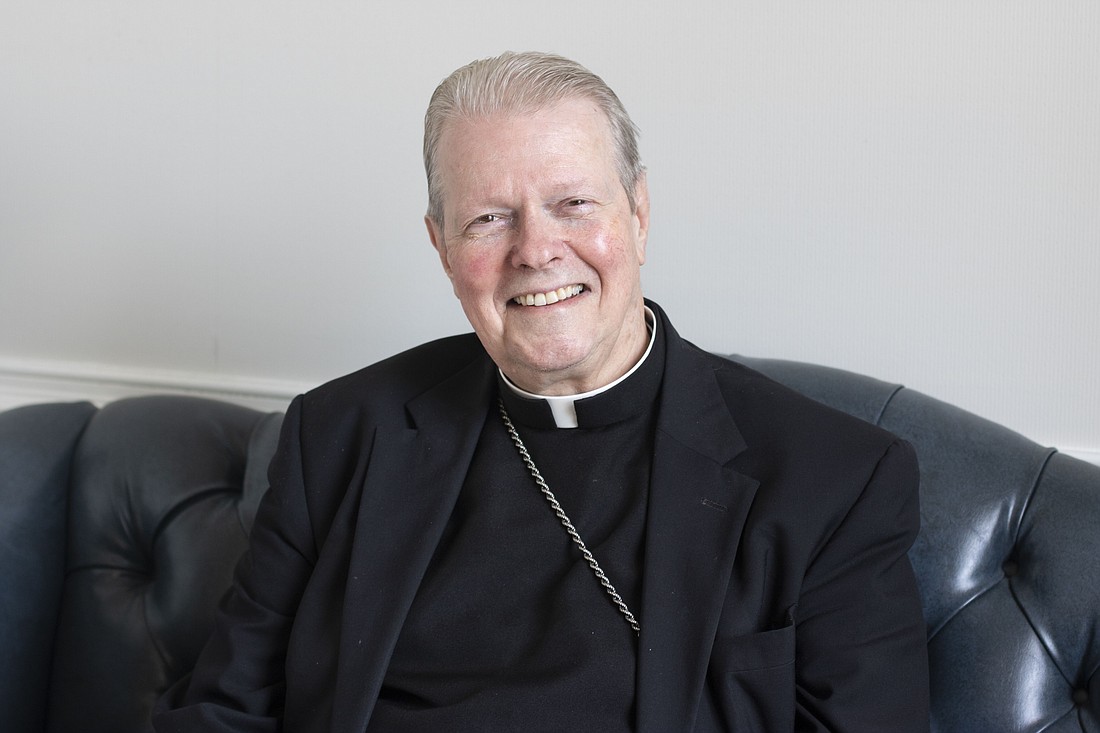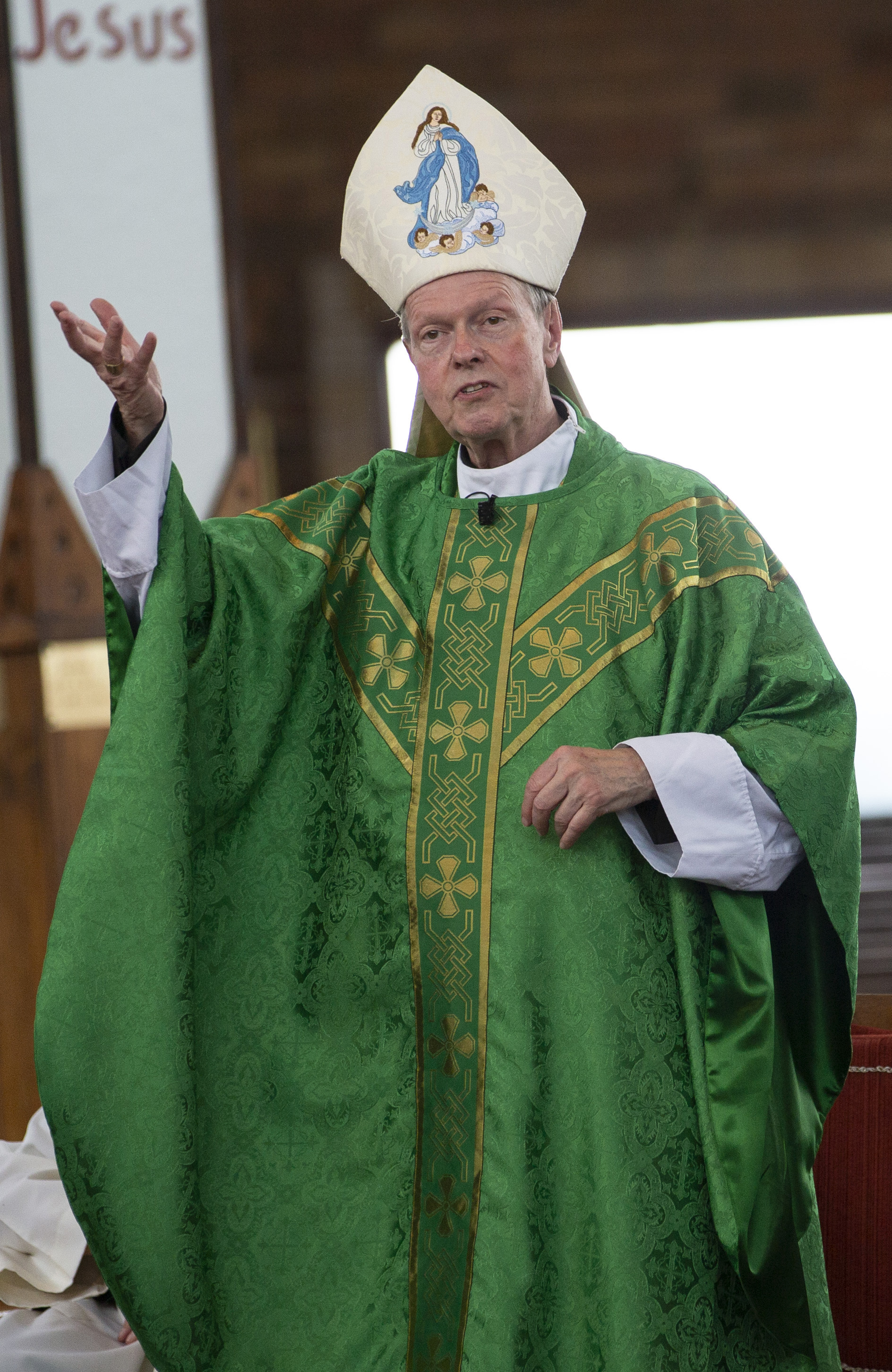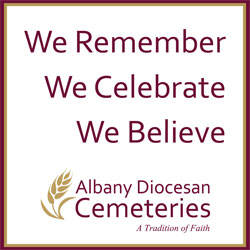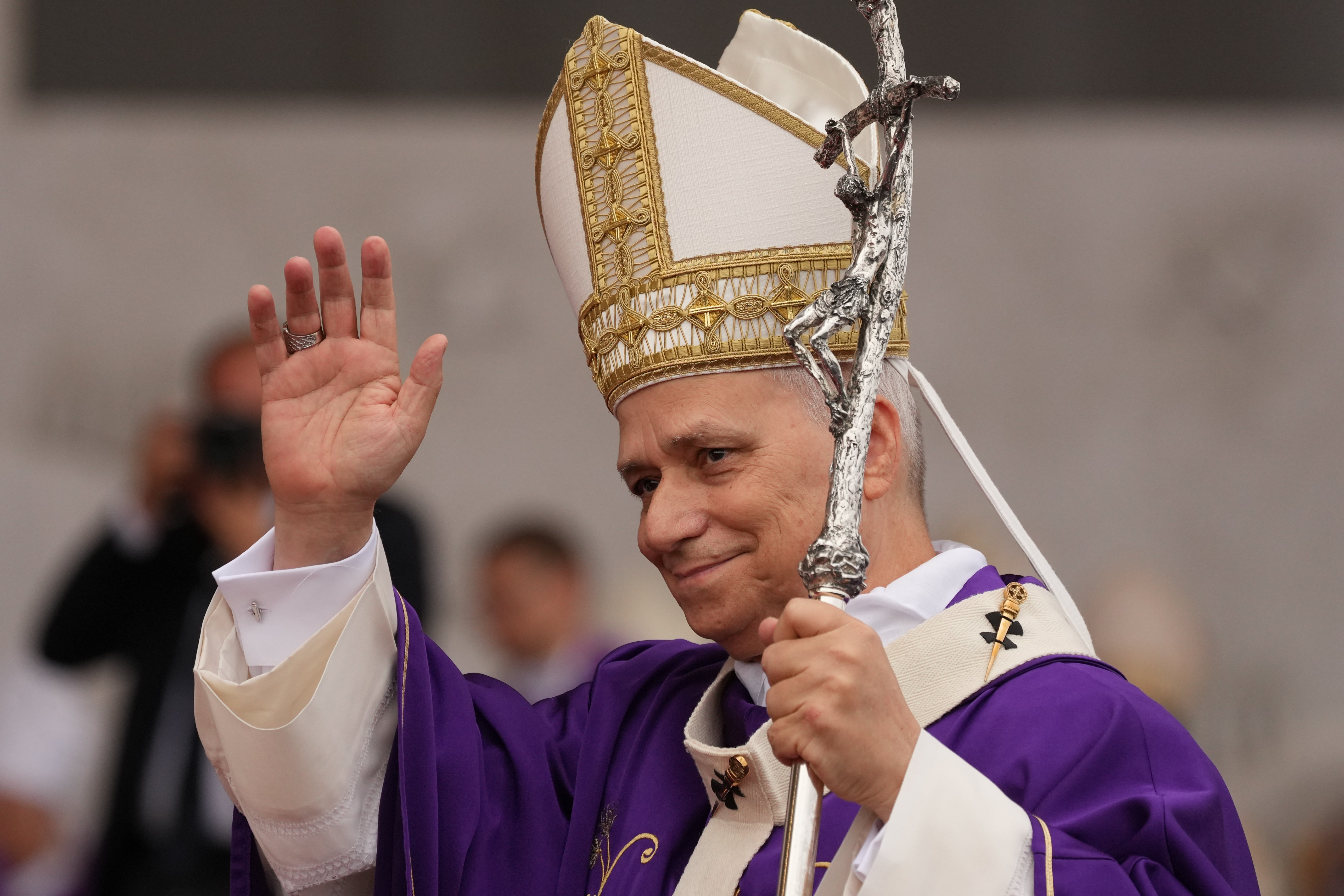April 13, 2023 at 7:00 a.m.
How far can love go? The depth and breadth of true love knows no limits. No bridge is too far. This is something all lovers want to believe, that there is no such thing as enough love, unless love is defined in the stingiest terms, like that of fair-weather friends. Those who “love” you when the going is good. Party pals. Drinking buddies really. Friends the night before, but strangers the morning after.
Sadly, many become jilted by love’s labors lost, which sprout quickly, then wilt, or become choked by the thorns of adversity, trial and distraction, or maybe just boredom, because there never was much there to begin with, nothing new but the old lies, the half-truths, the broken promises. Like the good seed planted by that profligate sower in the parable, lacking roots or hydration, nothing lasted, nothing grew (cf. Mt 13:1-23, Mk 4:1-20, Lk 8:4-15).
All narratives of the passion, death and resurrection of Jesus Christ, which we have celebrated these past days — as we do at every Mass — feature the great story of divine love amid human betrayal, the depths to which God goes to rescue us from the pits into which our prideful, Satan-tempted humanity falls or is pushed. All hopes and promises of love, given and received, rejected and restored, are on full display. We witness its surrogates, the idols of lust, money and power, promising more but delivering less, ultimately nothing, for the wages of sin is death.
Each day of the liturgical Triduum — Holy Thursday, Good Friday, and the Vigil that announces Easter — carries its own lessons, its own focus. Holy Thursday centers on a table being set, the Last Supper of Jesus with the Twelve, his chosen ones. There is blood on the table, but it does not ooze from an effigy, an animal holocaust on an altar. Jesus himself is the lamb. He is also the host and the servant and the priest, as he invites, sets the table and washes the feet of his disciples, prefiguring the eternal life he descends to give to those who will accept the forgiveness and the purification of God’s grace. Though the supper table is the setting, Jesus is at the center, his real and personal presence. He is feeding us with divine love, with himself.
Into the sacrament of his Body and Blood, Jesus invests his entire being and promises his Real Presence in the Eucharist till the end of time. Reminding us of the connection between life and charity, he pours his life into the elements of bread and wine, transubstantiated, as our theology articulates the great mystery, giving form to his continued incarnation through his mystical body, the Church, by works of mercy in the baptized united with him throughout the course of history.
Good Friday drives home the same message of love without limits. Into the dirty world of a political assassination, the crucifixion splatters across the stage terror to dissenters against all tyrants, who will not tolerate the competition of any faith that worships only God, and not the State. The cross dominates this scene. The most excruciating instrument of terror ever devised, it bears in Jesus the deepest incarnation of Love ever offered to humanity, one beam pointing to heaven and the other embracing the world with arms outstretched, blessing with hands nailed to suppress and silence the blessings, and his side pierced, from which all saving graces flow.
Yet despite the ominous specter of the cross, it is the gentle loving presence of Jesus that draws us to see his tender humanity and the divine mercy toward sinners. Not a word of condemnation is uttered. His acceptance of the cross speaks for itself: “Father, forgive them, for they do not know what they are doing” (Lk 22:34).
Easter Sunday dispels the myth that death has the final say. The empty tomb releases death’s claim to victory, surprising and frightening those who came to continue their mourning. Deprived of their sad certainty about death’s finality, they are now recast into a world where love is no longer an impossible dream, a hope that cannot be realized in the present, where the Beatitudes come alive. A world redeemed can now be imagined — and happen.
Each day of the triduum reveals to us the Paschal Mystery from a different perspective, which is to say the nature of the grace that salvation truly is. For the Paschal Mystery is a gift. The shock of an empty tomb blows open the anticipated — for some, the desired — outcome, ripping apart at the seams all limited expectations of the power of the gift of divine love that no suffering, not even death itself, can define, limit or inhibit.
Those whose power and control Jesus threatened desired his death or, perhaps even more, the assurance that he was really dead, out of their way. The last thing in the world they wanted was to hear the body was missing. With a certain modern condescension, do we assume people then were rubes, gullible and unsophisticated? Maybe they did not have our science and technology, but there was nothing wrong with their IQs! They knew full well no one comes back from the dead. True, Jesus himself had spoken often of his forthcoming passion and “rising after three days,” but no one seems to have taken him literally, for even saying this would be blasphemous. Such words ultimately led to his conviction but his disciples dared not go there.
Yet no one seriously disputed that the tomb was empty. The question has never been whether but why. How could it have been if it was hewn out of solid rock, with no escape but through a small orifice, which had been plugged with a two to three-ton stone cork, guarded by an armed detail, the Roman equivalent of Navy Seals? Debates may continue about the facticity of the scriptural accounts, though considerable testimony concurs from contemporaries, such as the Roman Jewish historian, Flavius Josephus, not to mention eyewitnesses, whom St. Paul himself knew, who were alive when the gospels were written and could easily have challenged false narratives. Even more stunning, however, is the effect of the events on the band of disciples who were scattered, despondent and terrified the day of the crucifixion yet, days later, jumping in the streets for joy. Their whole world was different now. Maybe the world itself.
No one can deny that the faith of Christians for centuries has led many to be martyred, and quite brutally at that: flayed, boiled, broiled, dismembered and crucified. Few people will die for a lie for so long a time. The unshakeable conviction that the Jesus who really died also rose and is alive in our lives fills us with hope and zeal to proclaim the good news that even death itself has been defeated. No longer slaves to the ancient curse — what the Church Fathers spoke of as the devil’s hostages — we are free to be faithful and to proclaim to the world that salvation is in the heart of Jesus for every sinner who comes to him. The power of grace is overwhelming. There is no bridge too far for love. With God, all is a gift. And the world is not the same.
Follow Bishop Ed on Twitter @AlbBishopEd.
- Attending school Christmas concert, pope thanks children for sharing love
- Trump, lawmakers call for Jimmy Lai’s release after ‘unjust conviction’
- Las Posadas Navideñas: Journeying to Bethlehem alongside the Holy Family
- Church beatifies 50 French Catholics killed ‘in hatred of the faith’ by German Nazis
- ‘Bio-fiction’ author blends history with quiet plea for redemption
- Chile’s bishops’ congratulate new Catholic president, ‘worry’ over anti-migrant attitudes
- Parishes clean up damage, help those displaced by floods in Western Washington state
- The charity of Jane Austen
- USCCB president expresses church’s solidarity with Jewish community
- Little Sisters of the Poor again appeal for protection from contraceptive rule








Comments:
You must login to comment.